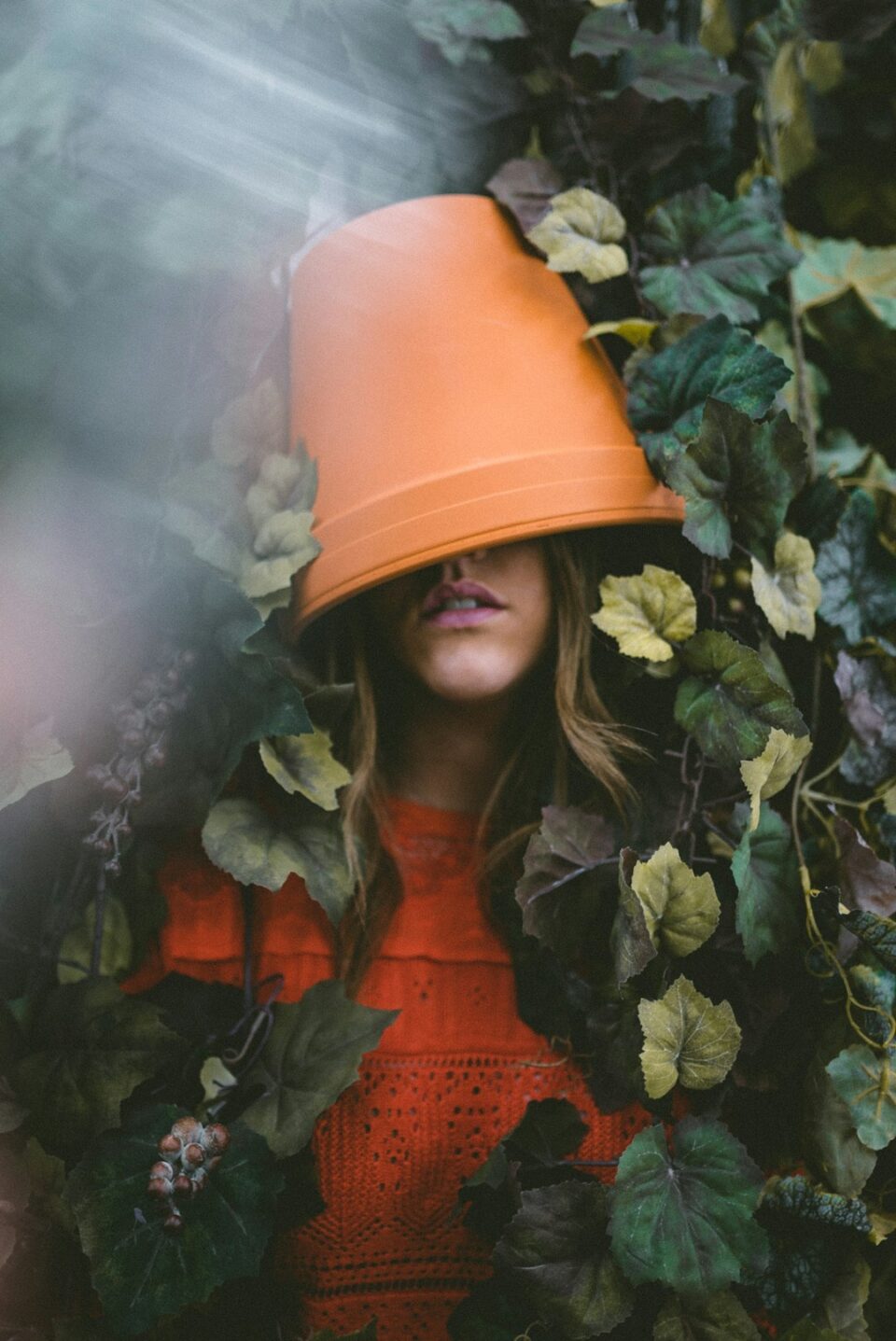Animals have long been a source of fascination for artists throughout history. From the cave paintings of prehistoric times to the elaborate sculptures of the Renaissance, animals have been a common theme in art for centuries. The symbolism of animals in art is a complex and multifaceted subject, with different animals carrying various meanings and representing different concepts in different cultures.
One of the most common and universally understood symbols in art is that of the lion. Known as the “king of the jungle,” the lion symbolizes strength, courage, and nobility. In many cultures, the lion is seen as a symbol of power and authority, often used to represent royalty or leadership. In Christian art, the lion is a symbol of Christ, representing his strength and power. In ancient Egyptian art, the lion was associated with the sun god, Ra, and was seen as a symbol of protection and power.
Similarly, the eagle is another powerful symbol in art, representing freedom, vision, and strength. In many cultures, the eagle is seen as a symbol of the divine, representing the connection between heaven and earth. In Native American art, the eagle is often depicted as a messenger between humans and the spirit world, carrying prayers and messages between the two realms. In ancient Roman art, the eagle was a symbol of power and authority, often used as the emblem of the Roman Empire.
Another common animal symbol in art is the snake, which has a wide range of meanings depending on the culture and context. In some cultures, the snake is seen as a symbol of evil and temptation, often associated with deceit and cunning. In other cultures, the snake is viewed as a symbol of healing and transformation, representing the shedding of the old self and the rebirth of the new. In Hindu mythology, the snake is a symbol of creative energy and fertility, often associated with the god Shiva.
Other animals commonly used as symbols in art include the owl, which represents wisdom and knowledge; the dove, which symbolizes peace and innocence; and the butterfly, which symbolizes transformation and rebirth. Each of these animals carries its own set of meanings and associations, adding depth and significance to the artwork in which they are depicted.
One of the most famous examples of animal symbolism in art is Leonardo da Vinci’s painting, “The Last Supper,” in which the apostle John is depicted with an eagle, symbolizing his connection to the divine and his role as a messenger of God. In the painting, the eagle hovers protectively above John, emphasizing his importance and his close relationship with Christ.
In modern art, animal symbolism continues to be a popular and powerful tool for artists looking to convey deeper meanings and emotions in their work. Artists such as Damien Hirst, Banksy, and Ai Weiwei have all used animal imagery in their work to comment on issues such as politics, the environment, and the human condition.
For example, Damien Hirst’s famous installation, “The Physical Impossibility of Death in the Mind of Someone Living,” features a preserved shark suspended in formaldehyde, symbolizing the fragility of life and the inevitability of death. The shark is a powerful symbol of strength and power, but in this context, it also serves as a reminder of the vulnerability and mortality of all living beings.
Similarly, Banksy’s iconic piece, “Girl with a Balloon,” features a young girl releasing a heart-shaped balloon into the air, symbolizing hope, innocence, and the fleeting nature of happiness. The girl and the balloon are simple yet powerful symbols that resonate with viewers and convey a universal message of optimism and possibility.
Ai Weiwei, a Chinese artist and political activist, often uses animal symbolism in his work to comment on issues such as freedom of expression, censorship, and human rights. In his piece, “Snake Ceiling,” Weiwei created a massive installation of intertwined snakes made from children’s backpacks, symbolizing the loss of innocence and the dangers of oppressive regimes.
In conclusion, the symbolism of animals in art is a rich and complex subject that has been explored by artists for centuries. Animals have the power to convey deep emotions and universal meanings, transcending language and cultural barriers to communicate with viewers on a profound level. Whether used to represent strength, wisdom, or transformation, animal symbolism adds layers of depth and significance to artwork, inviting viewers to contemplate the deeper meanings behind the imagery. By studying and understanding the symbolism of animals in art, we can gain a greater appreciation for the ways in which artists use these powerful symbols to create lasting and meaningful works of art.


